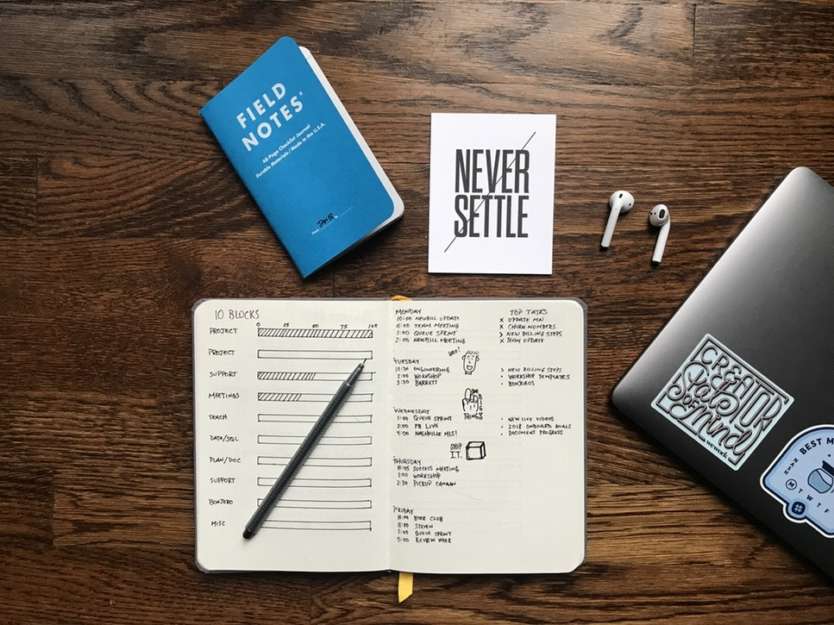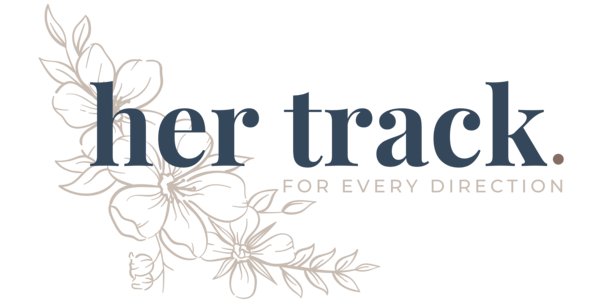Many people still think of blogging as nothing more than a hobby, a source of fun and information, but not really an income opportunity.
The reality is that in today’s world, blogging can be more than a pass-time, it can and is a passion-driven, lucrative and rewarding career path if you go about it the right way. Whether you’ve got a blog idea that you’re ready to monetize, or you’re still wondering “How can I start my own blog?”– this guide can help you get started.
1. Choose your blogging platform. (CMS)

Even if you’ve never blogged before, you’ve probably heard of some of the bigger blogging platform names: WordPress, Weebly, Wix, Blogger, Medium etc. Your blogging platform, or content management system, is the tool that allows you to produce blog content. As you use word processing software to write a report or a letter, you use the blogging platform to create your blog and write posts for it.
There are many factors to consider when deciding which platform to use:
- Cost: Some platforms, such as WordPress, are free. Others, such as Weebly or Wix, offer both free and paid options, with the free option offering limited services.
- Restrictions: Some platforms restrict how, or if, you can use your blog to make money. For example, WordPress.com will only allow you to monetize your blog via their ad network, WordAds. But choosing WordPress.org, which requires much more maintenance and experience than its .com counterpart, allows a ton of flexibility around the different ad networks you want to run, like Google AdSense.
- Setup: If you’ve never blogged before, you’ll want to go with a platform that is easy to set up, or one that will walk you through the set up step-by-step.
- Longevity: You want to use a platform that has been around for a while, with a good history of being secure and robust. You also want to ensure that the platform you choose is one you feel comfortable using long term, as switching platforms once you’ve begun can be a complicated task.
- Tools: You don’t want a blog that looks generic and boring, or like anyone else’s. You want to choose a platform that offers plenty of tools to customize your blog and make it your own.
Resources to Check Out:
- How to Choose the Best Blogging Platform in 2018 (Compared)
- The 14 best free blogging platforms
- Top 15 Blogging Platforms – A Detailed Comparison
- WordPress.com vs WordPress.org – Which is Better? (Comparison Chart)
2. Choose your domain name.

Choosing a domain name is harder than you might think – but it can also be easier.
A domain name is the unique address at which your blog lives. It’s how people find you. This means you want to choose something that is easy to remember and easy to spell. Keep in mind that the internet has been around for awhile…so someone may already own the first couple of domain names you try to grab. They come at a cost too, so you’ll have to be creative.
You also want to consider what you’ll be writing about, so you don’t choose a domain that might pigeonhole you later. For example, novelists don’t generally use their first book’s name as their domain name – they use their own name (or their pen name) because that’s how people will search for them. Using your own name may not be what you want to do, or it may already be taken. Think of names that can describe who you are, what you’ll be writing about, or what you’re readers will be searching for when they find you, but that also won’t limit your topic options if you decide you want to branch out later.
Resources to Check Out:
- How much does a domain name cost?
- Domain name search engine
- 18 Tools for Picking the Perfect Domain Name
- 10 tips for choosing the perfect domain name
3. Choose a web host.

This is the part where many people get tripped up. It’s not easy to figure out how to choose a web hosting service. Do you choose, for example VPS web host or a shared hosting option? You’ll have to learn the difference between a VPS and a dedicated server and choose what’s perfect for you.
You need to do research for this. There are a variety of web hosting services available, with an equal amount of variety in price. You’ll want to read reviews and base your decision on more than just the cost. It can be worth it to pay a little more to ensure that your site has better, more reliable service. Customer service is KEY and so is accessibility. You’re going to be working with this service for a long time, and you need to make sure it’s someone you can trust.
Resources to Check Out:
- The Best Web Hosting Services of 2018
- The World’s Best Web Hosting Companies Reviewed
- 10 Best “Web Hosting Support” Reviews 2018 — Customer Service Hosts
4. Plan your content.

If you’re going to make your blog a sustainable business model with a steady stream of readers, you need to have a content creation schedule. That seems a little intimidating, so where do you begin?
Start small. Brainstorm and hash out all of your ideas in a notebook. Then try to bucket out the time it will take you to create that content, and try to set up some deadlines. It’s easy to let content creation get really sporadic or fall away from you within the hustle and bustle of your daily responsibilities, so you have to set your own expectations. It helps to set reminders too or use a time management tool.
Resources to Check Out:
- Content Creation – By Moz
- Content Ideation – By Moz
- 12 Awesome Digital Content Creation Tools
- How to Develop a Content Strategy: A Start-to-Finish Guide
5. Grow your audience.

If you are just starting your blog, you need to focus on building an audience. Every blog needs readers. You can accomplish this through a variety of tactics, including setting up and monitoring your traffic in Google Analytics, optimizing your site for search with SEO and using tools like social media and email marketing to build more of a readership. Check out HootSuite for scheduling social media posts, Yoast for SEO if you’re using WordPress, and MailChimp for email newsletters.
Every strategy for growth will help to create deeper connections with your potential audience, which can help strengthen your brand. Other ways to build an audience include linking to other content and guest posting on other blogs. Hopefully, they will enjoy your work and visit your blog on a regular basis.
Resources to Check Out:
- Content Creation – By Moz
- Content Ideation – By Moz
- 12 Awesome Digital Content Creation Tools
- How to Develop a Content Strategy: A Start-to-Finish Guide
6. Monetize your content, while being honest with your readers.

You can monetize your blog in a few different ways, but the biggest are sponsorships and advertisements.
Check out sites like Influenster, Blog Meets Brand and more for companies that connect advertisers to bloggers for paid sponsorship opportunities. For finding advertisement banners, make sure you read up on Google Adsense and also affiliate marketing sites like CJ Affiliate or Linkshare.
The most important thing that you can do is be upfront with your readers. This means being honest about how content is monetized and giving your readers options to avoid sponsored or other content that they may find subjective. Being honest will help to engender trust and respect from your readers, which can lead to a bigger audience and more opportunities to make money from your blog.
Resources to Check Out:
- How to Get Blog Sponsorship Opportunities?
- 10 Popular Affiliate Programs for Small and Medium-sized Blogs
- The 5 Best Ad Networks For Bloggers
- How to Add AdSense to WordPress
- 6 Best WordPress Advertising Plugins To Increase Blog Revenue
The most important thing is to be yourself. Be honest, passionate, creative and engaging. With a little time and a lot of learning, you’ll get there.
Looking to learn more about starting a blog and writing? You’re in luck! We have even more content for you.
Lady Boss Of The Month: Brianna Wiest on Becoming a Professional Writer








